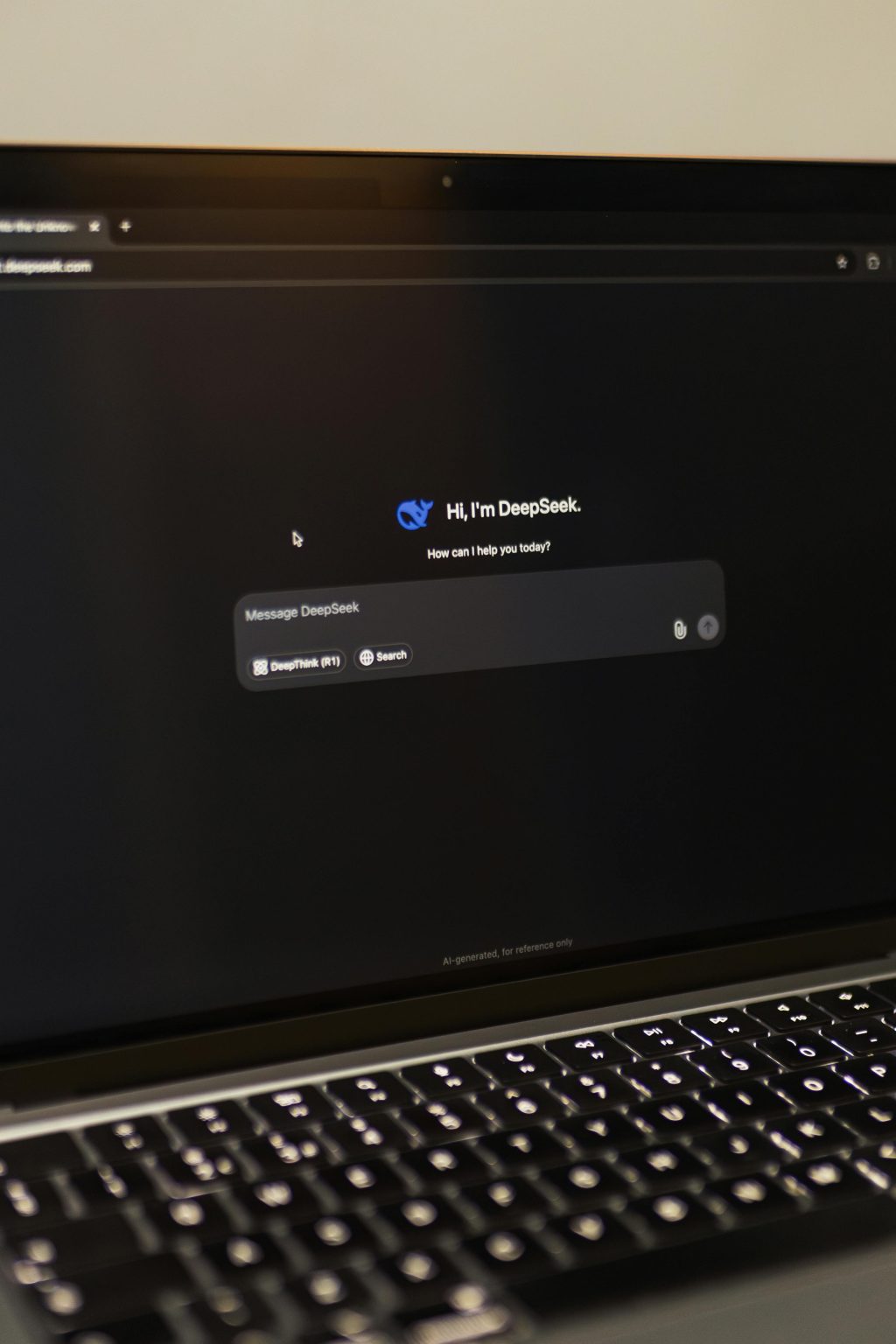Generative AI is no longer the stuff of science fiction—today, it’s fast becoming the building block on which digital transformation in the modern era is based. From content generation to art composition and from customer service to automation, generative models are opening up new frontiers. Two of the most impactful technologies spearheading this revolution are GPT (Generative Pre-trained Transformers) and Diffusion Models.
As the demand for real-time content generation and smart automation grows, companies are actively looking to hire generative AI developers to onboard and collaborate with a freelancer generative AI engineer to drive adoption and innovation.
What is Generative AI?
Essentially, Generative AI is machine learning technology that has the ability to generate new data like that of human-produced content. From generating natural language to image creation, music writing, or even code for software, generative AI is trained on vast datasets and then employs the data to generate new outputs.
By 2025, 30% of large organizations’ outbound marketing messages will be synthetically generated, up from less than 2% in 2022, according to Gartner. This rapid growth reflects both the maturity as well as the market hunger for scalable generative solutions.
GPT Models: The Transformer Technology Behind Intelligent Text
The GPT models are transformer-based, a deep learning innovation that enables machines to grasp context within long sequences. OpenAI created the GPT models, now ubiquitous, and the models use billions—and in most cases, trillions—of parameters to decide on the next word in a sentence.
These models are trained on enormous datasets. For example, GPT-4, supposedly with 1.76 trillion parameters, is trained on all types of internet content, e.g., books, codebases, papers, etc. With these enormous sets of materials, the model gets to see subtle nuances, intent, and context.
GPT’s strength is its self-attention mechanism by which the model is able to assign relative weights to the importance of various words within a sequence. This enables fine-grained and very coherent output—whether generating a business report, writing computer code, or simulating human-like conversation.
In the current market, businesses increasingly employ generative AI developers who are skilled with transformer models to develop applications from smart chatbots and virtual assistants to dynamic content engines.
Uses of GPT in the Real World
- Content Automation: Companies are employing GPT to automate emails, product descriptions, and blogs.
- Customer Service: Virtual agents powered by GPT can answer thousands of questions in just one second with minimal human intervention.
- Code Generation: GitHub Copilot uses transformer-based models to assist developers in real time.
Up to 70% of business operations, as estimated by McKinsey, may be half-automated by generative AI, highlighting the need to utilize individuals such as a freelancer generative AI engineer or internal experts in an attempt to remain competitive.
Diffusion Models: Noise to Art
In contrast to the GPT models, which are text-focused, vision generation is where diffusion models excel. The models begin with clean noise and progressively denoise the data in a manner that they output structured and quality images. In fact, they just reverse a noising process to reconstruct or create new data.
One of the best-known examples is Stable Diffusion, which can generate photorealistic images from text inputs in just seconds. Indeed, on top-of-the-range GPUs, Stable Diffusion can generate a 512×512 image in a few seconds, and it is therefore a favorite among developers and designers for real-time applications.
Reverse diffusion is driven by optimized deep convolutional neural networks (CNNs) that are used to predict the noise at every step, progressively reconstructing noisy data into functional images.
Real-World Applications of Diffusion Models
- Marketing and Design: Companies like Adobe and Canva are implementing diffusion to allow marketers to produce at scale.
- Film and Animation: Studios use diffusion models for concept art, storyboarding, and visual effects.
- Product Prototyping: Text descriptions are rapidly converted into prototypes and mockups by designers.
As the technical and creative demands of these applications increase, companies are vying to hire generative AI developers who have a dual skill set of experience with image processing and model optimization, and they prefer to hire a freelancer generative AI engineer to accelerate pilots and MVPs.
Why Hyqoo Is Your Perfect Partner in Generative AI Talent
In order to truly leverage the potential of GPT and Diffusion Models, businesses need internal and external AI capability. And that is where Hyqoo comes in.
Hyqoo is an international talent cloud platform that focuses on connecting organizations with pre-vetted best-in-class AI talent. From onboarding long-term generative AI developers for product development to onboarding a freelancer generative AI engineer for an R&D project on a short-term basis, Hyqoo provides an elastic, flexible, and quality-approved talent pipeline.
With their AI-powered matching engine and global talent pool, Hyqoo enables faster onboarding, enhanced skill matching, and measurable ROI on your AI investment. For businesses that wish to leverage the full potential of generative AI, Hyqoo makes hiring effortless without sacrificing world-class standards of quality.
The Future of Generative AI: A Glimpse Ahead
The future of generative AI is multimodal, autonomous, and cooperative. The models are trained to handle lots of different types of data simultaneously—text, image, audio, and code—and this offers new opportunities in education, healthcare, gaming, and more.
Statista puts the market size of generative AI at $66.89 billion in 2025 and growing at a CAGR of 36.99% from 2025 to 2031, reaching $442.07 billion in 2031. This is the reason why investing in the right people and technology today is so important.
In order to stay at the cutting edge, companies not only have to implement these technologies but also have to have the right skills to operate them. Whether you need to hire full-time generative AI developers or have to employ a freelance generative AI engineer, the time is now.
Let’s Conclude
Generative AI is changing the way we think, design, and operate. GPT and Diffusion Models are among the most influential pillars of such change—both with their power, complexity, and uses. By understanding how these models work and applying them deliberately together, organizations can harness vast new capabilities. Hyqoo and similar companies provide you with the human capital and pool of talent necessary to turn these models into actuality. You’re ready to be at the leading edge of the AI age, so begin by assembling your team of top experts in your field.



